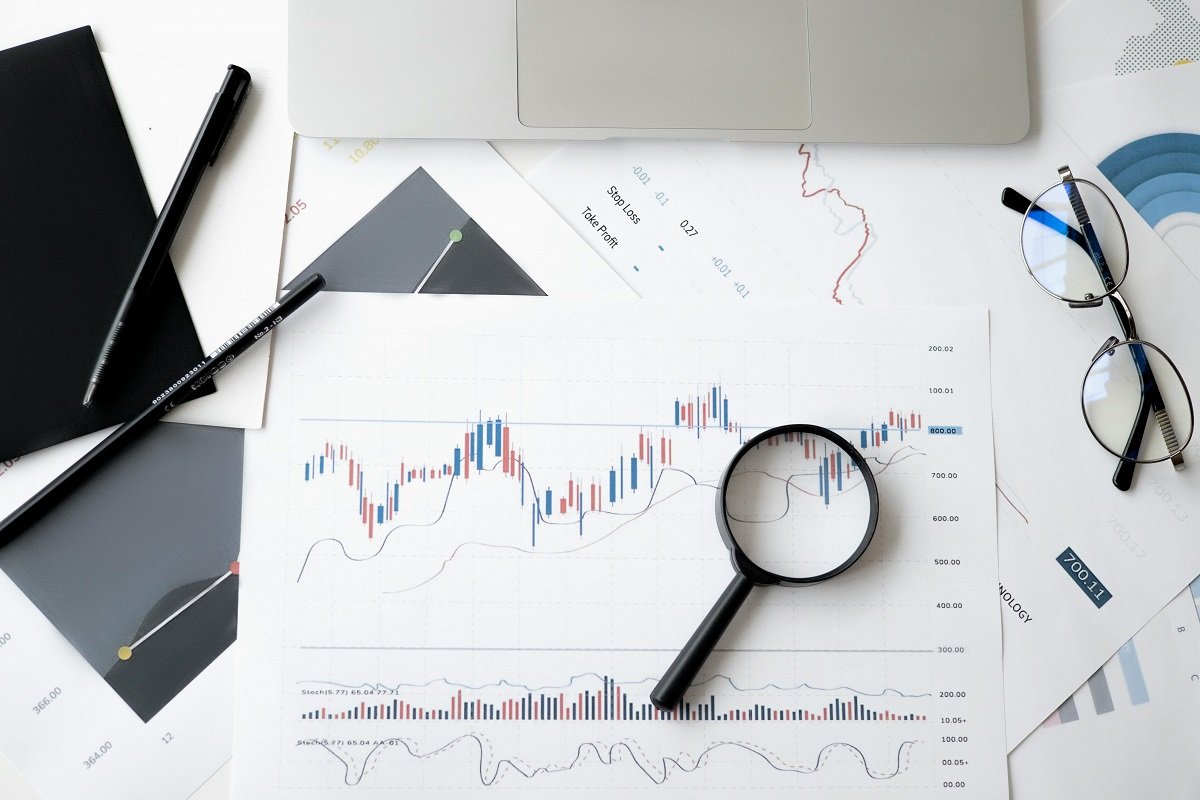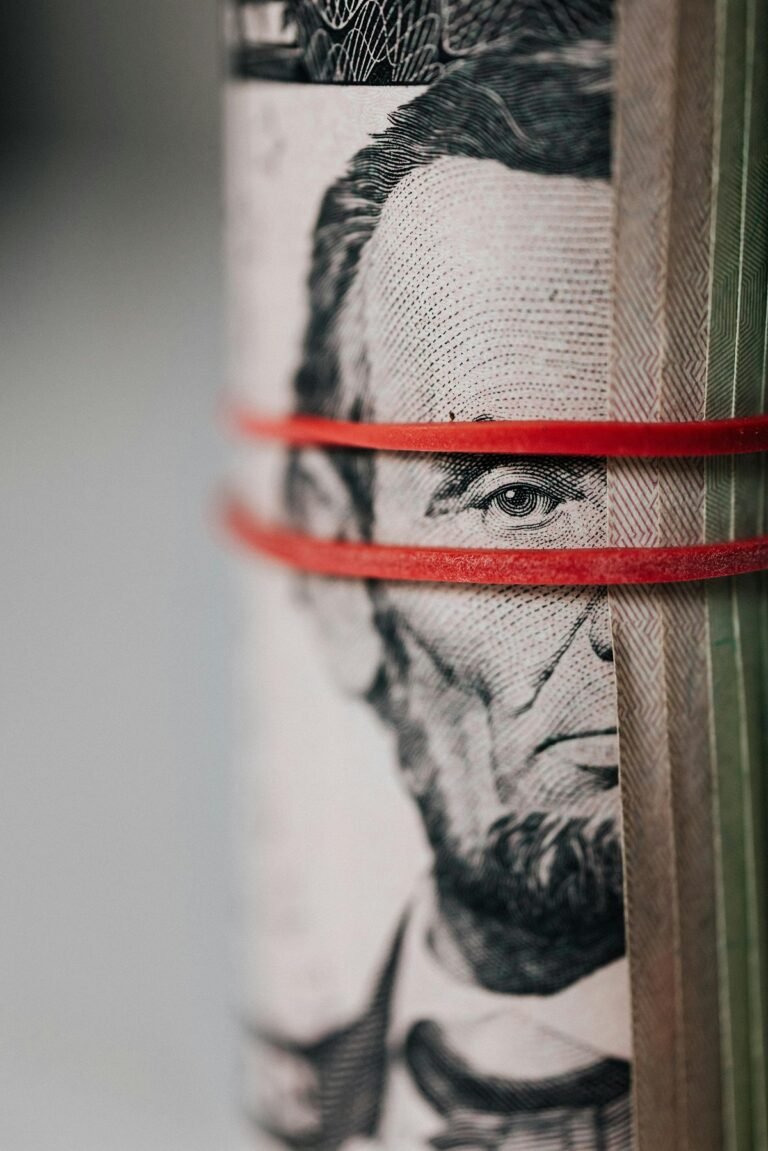
Economic inequality has long been a defining issue in the United States, touching nearly every aspect of society from education and employment to health outcomes and life expectancy. Over the past several decades, the economic gap between the wealthiest Americans and everyone else has widened dramatically, with consequences that ripple through political systems, social cohesion, and economic growth.
While debates around inequality often involve opinions and ideologies, federal data paints a clear, empirical picture of how income and wealth are distributed across the population. This blog post delves into what federal agencies like the U.S. Census Bureau, the Bureau of Economic Analysis (BEA), the Federal Reserve, and the Congressional Budget Office (CBO) reveal about the current state of economic inequality in America, the drivers behind it, and what this means for the country’s future.
Economic Inequality Income vs. Wealth

Before diving into the data, it’s essential to distinguish between two frequently conflated terms: income inequality and wealth inequality. Income refers to the money people earn through work, investments, and government transfers. Wealth, on the other hand, encompasses all assets someone owns such as property, stocks, savings minus any debts.
Federal data consistently shows that while income inequality is high, wealth inequality is even more extreme. According to the Federal Reserve’s Survey of Consumer Finances (SCF), the top 10% of households control nearly 70% of the nation’s wealth, while the bottom 50% hold only about 2.5%.
What the U.S. Census Bureau Reveals About Household Income
Each year, the Census Bureau releases its Income and Poverty in the United States report, a crucial benchmark for measuring income inequality. The most recent data shows several alarming trends:
Stagnant Wages for the Middle and Lower Class While median household income has increased slightly in nominal terms, inflation-adjusted earnings have remained relatively stagnant for decades for the bottom 60% of earners. Between 1970 and 2023, the median income rose by just 11% after adjusting for inflation, while the top 5% saw an increase of over 80%.
Regional Disparities Inequality isn’t distributed evenly across the country. States in the Northeast and West tend to have higher incomes, but also higher costs of living. Meanwhile, Southern states often report lower incomes, higher poverty rates, and limited access to quality healthcare and education, all of which compound inequality.
Race and Ethnicity Gaps Federal income data highlights persistent disparities among racial groups. In 2023, the median income for White households was about $84,000, compared to $57,000 for Hispanic households and $52,000 for Black households. These differences reflect a legacy of systemic discrimination, unequal access to educational opportunities, and labor market biases.
Federal Reserve Data on Wealth Inequality
The Federal Reserve’s triennial SCF is one of the most detailed sources of information on wealth in America. Key findings include:
The Top 1% vs. the Bottom 90% As of 2022, the top 1% of earners controlled about 32% of the nation’s wealth. The bottom 90% shared less than 30%.
Asset Ownership Gaps Wealth accumulation is significantly easier when individuals own appreciating assets like homes, stocks, or businesses. Federal Reserve data shows that over 90% of the top 10% own stock, either directly or through retirement accounts, while fewer than half of the bottom 50% do. Similarly, homeownership rates are much lower for the bottom quartile, who are also more likely to rent and thus miss out on housing equity.
Educational Divide Those with a college degree hold significantly more wealth than those without. The average net worth of a household led by someone with a bachelor’s degree is over four times that of a household led by someone with only a high school diploma.
The Role of the Bureau of Economic Analysis (BEA)
The BEA provides a macroeconomic view of income and GDP, helping contextualize inequality in terms of broader economic growth. One stark insight from BEA data is the growing gap between GDP growth and household income growth. While GDP has surged over the last four decades, income growth for most Americans has lagged far behind.
Additionally, BEA data shows that corporate profits as a share of GDP have reached record highs, while the share going to workers in the form of wages has declined. This shift suggests that economic growth increasingly benefits capital owners rather than labor, exacerbating inequality.
Congressional Budget Office (CBO) Reports on Income Distribution
The CBO’s comprehensive studies on income inequality factor in not only market income but also taxes and government transfers. According to the latest CBO report:
Market Inequality Is Severe Before taxes and transfers, the top 1% earned 18.3% of total income in 2020, while the bottom 20% earned just 2.3%.
Taxes and Transfers Help, but Not Enough Government programs like Social Security, Medicaid, and food stamps significantly reduce poverty and inequality. After accounting for taxes and transfers, the Gini index a key measure of inequality falls from 0.52 to 0.44. However, this still leaves the U.S. with one of the highest levels of income inequality among developed nations.
Tax Burden Distribution The federal tax system is progressive, with the top 1% paying about 25.6% of all federal taxes. However, when state and local taxes are added many of which are regressive (e.g., sales taxes) the overall burden becomes less equitable.
Minimum Wage and Labor Policy
According to data from the U.S. Department of Labor, the federal minimum wage has not increased since 2009 and remains at $7.25 per hour. Adjusted for inflation, that is lower than the minimum wage in the late 1960s. Millions of workers especially in the food service, retail, and agricultural sectors earn wages that leave them below or barely above the poverty line.
This stagnation is a major contributor to income inequality, especially for Black and Hispanic workers, who are overrepresented in low-wage jobs. States that have enacted higher minimum wages tend to have smaller gaps in household incomes, according to Census Bureau analysis.
Educational Inequality as a Driver
Data from the National Center for Education Statistics (NCES) shows that access to quality education remains unequal across socioeconomic and racial lines. Wealthier school districts spend significantly more per student than poorer districts, leading to disparities in test scores, graduation rates, and college enrollment.
Furthermore, the rising cost of higher education and the burden of student loans disproportionately affect lower-income families. According to Federal Reserve data, student loan borrowers in the lowest income quintile carry debt burdens that consume a larger share of their monthly income, making upward mobility more difficult.
Health Inequality and Economic Consequences
The Centers for Disease Control and Prevention (CDC) and the U.S. Department of Health and Human Services (HHS) provide ample evidence linking economic inequality to health disparities. Lower-income Americans are more likely to suffer from chronic illnesses, mental health conditions, and reduced life expectancy. These outcomes are exacerbated by limited access to quality healthcare, nutritious food, and safe living conditions.
Federal health data confirms that economic stress correlates with higher rates of obesity, diabetes, and substance abuse, which in turn reduce labor force participation and productivity. Economic inequality thus becomes a feedback loop that affects not just individuals, but the broader economy.
COVID-19 Pandemic Inequality in Real Time
The pandemic exposed and intensified economic inequalities in the U.S. Federal Reserve and Census data revealed that:
Low-wage Workers Hit Hardest Industries such as hospitality, retail, and transportation dominated by low-wage workers experienced the most severe job losses.
Remote Work Advantage High-income, white-collar professionals were far more likely to retain employment through remote work.
Asset Booms The stock market and housing market surged during the pandemic, disproportionately benefiting wealthier Americans who already owned such assets.
Wealth Acceleration for the Rich Billionaires saw their net worth increase dramatically during the pandemic, while millions of Americans faced eviction, food insecurity, and job loss.
Policy Responses and What Comes Next
Federal policy has a critical role to play in addressing economic inequality. The American Rescue Plan and expanded Child Tax Credit briefly lifted millions out of poverty in 2021, showing the power of targeted fiscal intervention. However, many of these policies were temporary and have since expired.
Long-term solutions could include:
Progressive Tax Reform Increasing taxes on capital gains, high incomes, and wealth could help reduce inequality and fund social programs.
Universal Basic Income (UBI) Pilots and studies suggest UBI could provide a financial safety net and reduce poverty without disincentivizing work.
Education Investment Equalizing school funding, expanding early childhood education, and subsidizing college for low-income students could close opportunity gaps.
Healthcare Reform Ensuring universal access to quality healthcare could improve health outcomes and reduce inequality-related economic costs.
Labor Empowerment Supporting unions and increasing the federal minimum wage would help shift bargaining power back toward workers.


